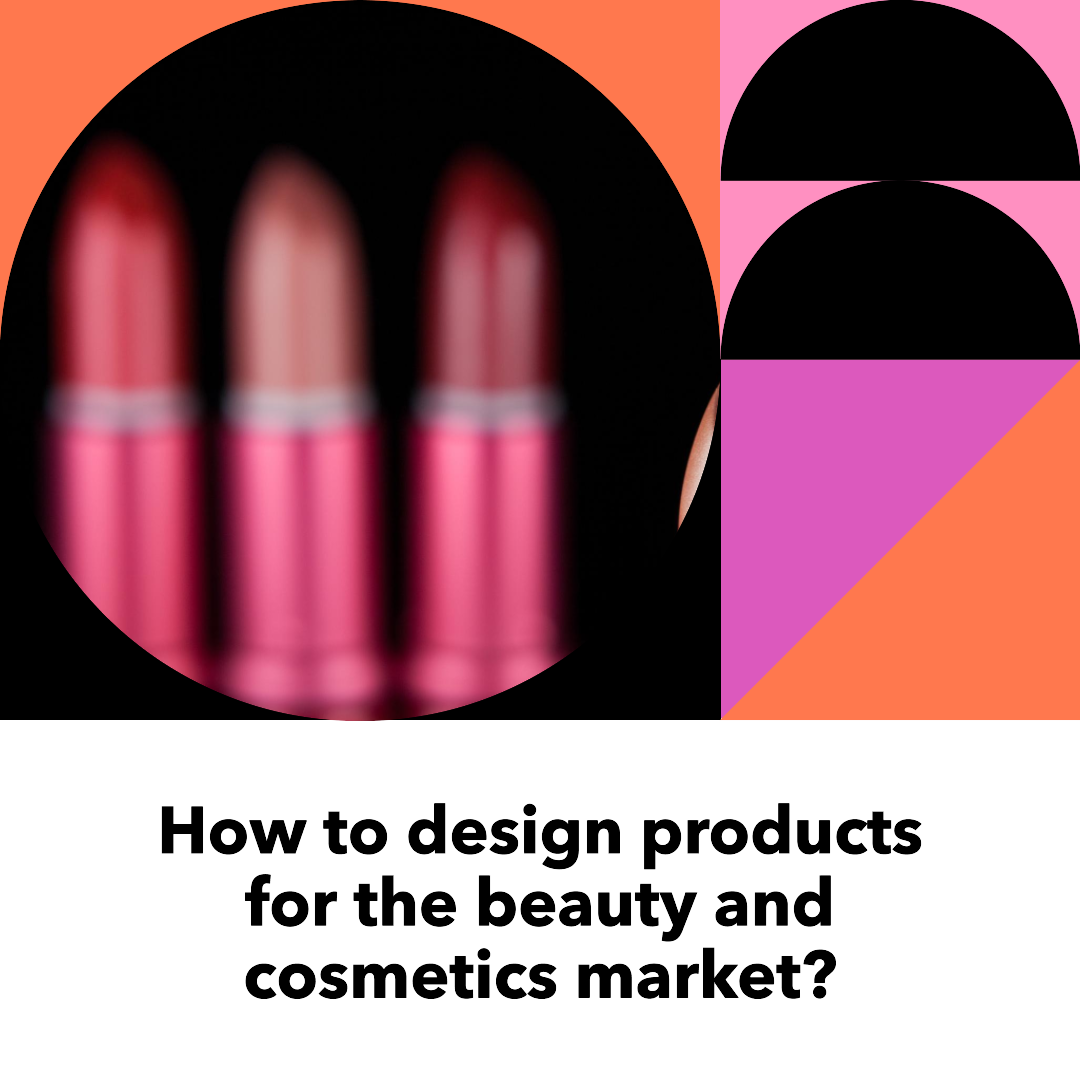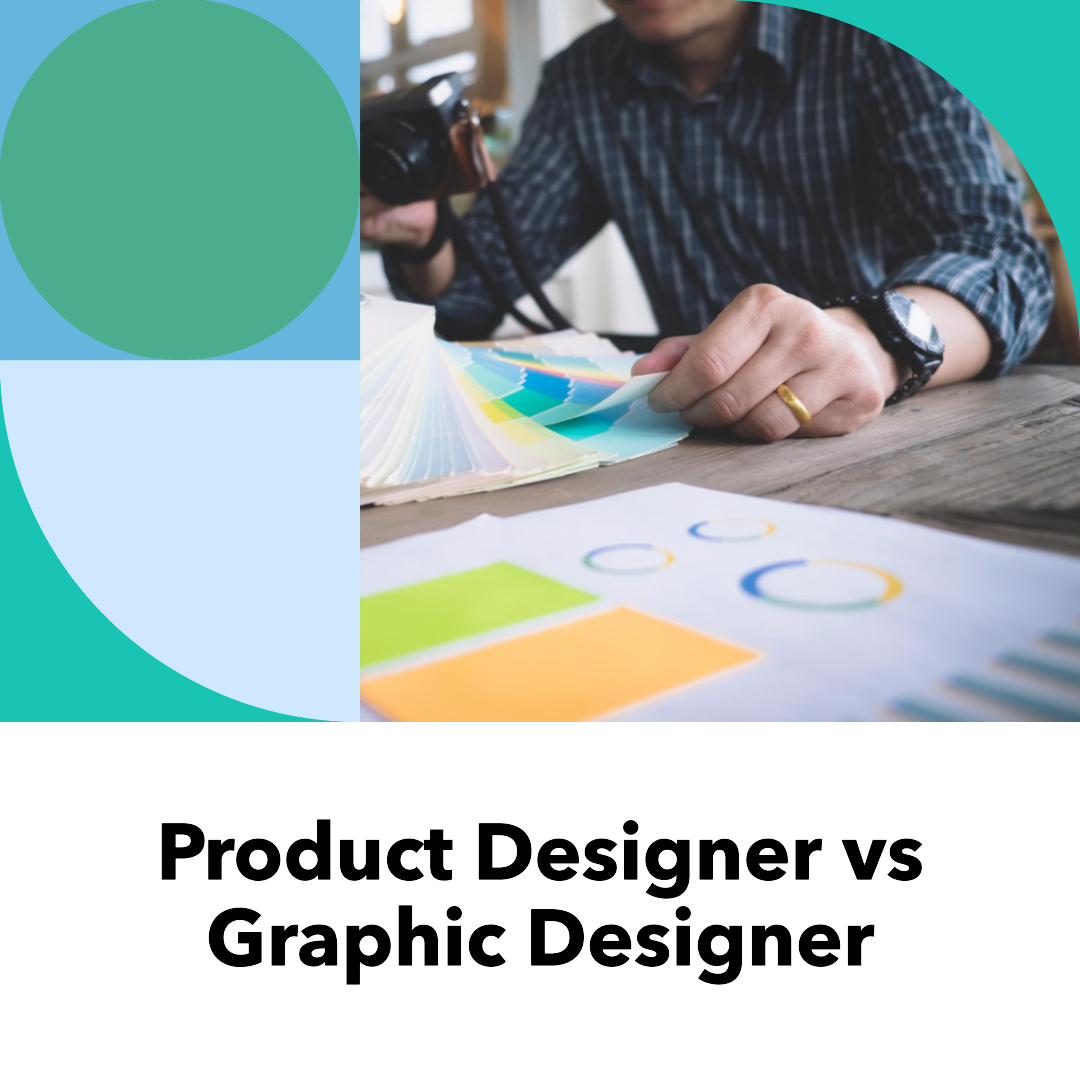How to design products for the beauty and cosmetics market?
The beauty and cosmetics market is a booming industry, with people of all ages and genders spending billions of dollars each year on products to enhance their appearance. This has created a huge opportunity for entrepreneurs to develop new and innovative products to meet the needs of beauty consumers.
However, designing products for the beauty and cosmetics market is not without its challenges. Beauty consumers are increasingly discerning about the products they buy, and they expect high-quality, safe, and effective products. Additionally, there are a number of regulatory requirements that must be met when designing and selling beauty and cosmetics products.
In this blog article, we will explore the key principles of product design for the beauty and cosmetics market. We will also discuss some of the best practices for designing products for different types of beauty consumers and their specific needs.
Here are some key principles of product design for the beauty and cosmetics market:
- Focus on the needs of the beauty consumer. When designing a product for the beauty and cosmetics market, it is important to focus on the needs of the beauty consumer. What are their beauty goals? What problems are they trying to solve? What are their expectations for a beauty product?
- Use high-quality, safe ingredients. Beauty consumers are increasingly concerned about the safety of the products they use. When designing a beauty product, it is important to use high-quality, safe ingredients. This means avoiding ingredients that could be harmful to the skin or health.
- Design for effectiveness. Beauty consumers want products that are effective. When designing a beauty product, it is important to make sure that the product is effective at delivering on its claims. This may involve conducting clinical trials or consumer testing to prove the effectiveness of the product.
- Create a visually appealing product. Beauty consumers are drawn to products that are visually appealing. When designing a beauty product, it is important to consider the packaging, color scheme, and overall design of the product. The product should be eye-catching and inviting.
- Make the product easy to use and understand. Beauty consumers want products that are easy to use and understand. When designing a beauty product, it is important to make sure that the product is easy to use and that the instructions are clear and concise.
Here are some best practices for designing products for different types of beauty consumers and their specific needs:
- Women: Women are the largest segment of the beauty and cosmetics market. When designing beauty products for women, it is important to consider the different skin types, skin concerns, and beauty goals of women. For example, some women may be looking for products to reduce the appearance of wrinkles, while others may be looking for products to even out their skin tone.
- Men: The men’s beauty market is growing rapidly. When designing beauty products for men, it is important to consider the different skin types and skin concerns of men. For example, many men are concerned about razor burn and ingrown hairs.
- Teenagers: Teenagers are another important segment of the beauty and cosmetics market. When designing beauty products for teenagers, it is important to consider the unique skin concerns of teenagers, such as acne and oily skin. It is also important to design products that are affordable and easy to use.
- People with sensitive skin: Many people have sensitive skin, which can be irritated by certain ingredients in beauty products. When designing beauty products for people with sensitive skin, it is important to use hypoallergenic and fragrance-free ingredients.
- People of color: People of color have different skin needs than people with lighter skin tones. When designing beauty products for people of color, it is important to consider the unique skin concerns of people of color, such as hyperpigmentation and hypopigmentation. It is also important to design products that are available in a variety of shades to match the skin tones of people of color.








